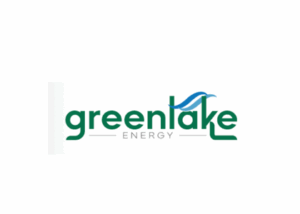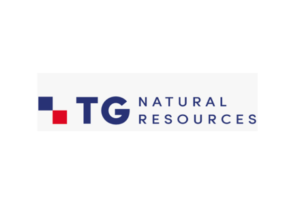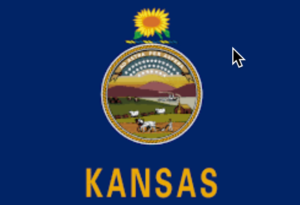According to a new report by Oslo-based research firm Rystad Energy, which suggests the province, home to the globally maligned oilsands industry, is poised to become the predominant contributor of renewable power in Canada.
Rystad author Geoff Hebertson estimates that total renewables capacity in Canada, which he put at 19.6 gigawatts (GW) in 2021, will expand to almost 45 GW in 2025, with most of the growth coming from onshore wind and solar capacity predominantly generated in Alberta.
“The bulk of these additions is set to take place in the Western province of Alberta … which today only holds about three GW of renewable capacity,” wrote Hebertson. “Significant large-scale projects in the region are scheduled to come online this year,” he said.
The following are the top five projects slated to come online this year: Buffalo Plains Wind Farm, generating 514.6 MW; Travers Solar, 465 MW; Forty Mile BHE, 389.5 MW; Kirkcaldy Solar, 350 MW; and Forty Mile Wind, 200 MW.
According to Hebertson, these projects and others will push Alberta’s wind and solar capacity to almost 10 GW before next year. That total is expected to double by 2025 to almost 21 GW.
That 21 GWs will represent nearly 50 per cent of Canada’s total renewable capacity.
“This rapid growth will see Alberta race ahead of Canada’s other provinces and take the top spot in the country’s green table, outpacing Ontario — the current leader — with almost double the power generation capacity,” the Rystad report said.
As of December 2021, Ontario led Canada in wind capacity, generating 5.5 GW from wind and 2.8 GW from solar, compared with Alberta’s “minor player” stats of 2.2 GW (wind) and 0.458 GW (solar), according to the Canadian Association of Renewable Energy.
The energy order is about to be upended for a variety of reasons, including “minimal regulatory hurdles and abundant natural resources,” in Alberta, Hebertson said.
Primary among them, though, is the way Alberta’s energy market is structured.
The province operates an “open market” system that allows companies seeking renewable capacity to sign deals with private power producers, though they must still apply and be approved to connect to the electricity grid. Once those deals are finalized, companies can then either purchase capacity or convert that capacity into credits to meet emissions goals.
Of course, Alberta can’t get too cocky, since its unregulated power market is structured similar to the Electric Reliability Council of Texas. To guard against the energy supply disasters that hit the state during recent freezes and heat waves, the Rystad report cautions that Alberta will need to be prepared to support “the intermittency” of renewable power generation.
“The introduction of corporate power purchase agreements (PPAs) in Alberta — a contract for a private operator to sell energy straight to the local grid at a set price — has incentivized developers,” the report said.
In other provinces, supplying energy to the grid is strictly regulated by government.
With Ontario slated to slip to the No. 2 spot in renewable generation, producing nine MW by 2025 compared with 20 MW for Alberta, Rystad suggests “other provinces may want to follow suit if they have ambitions to attract lucrative green investments.”
Energy News











